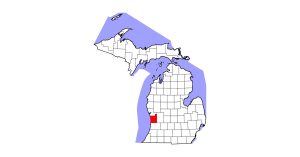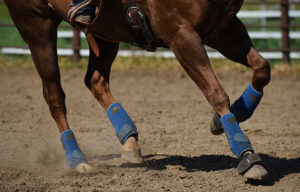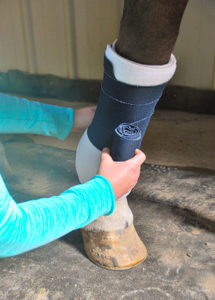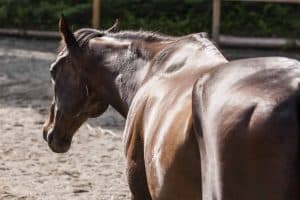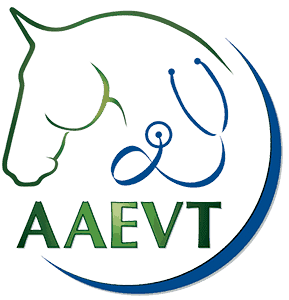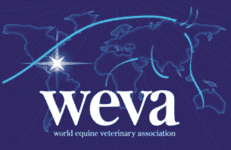A Hands-On Approach for Assessing Working Equid Welfare
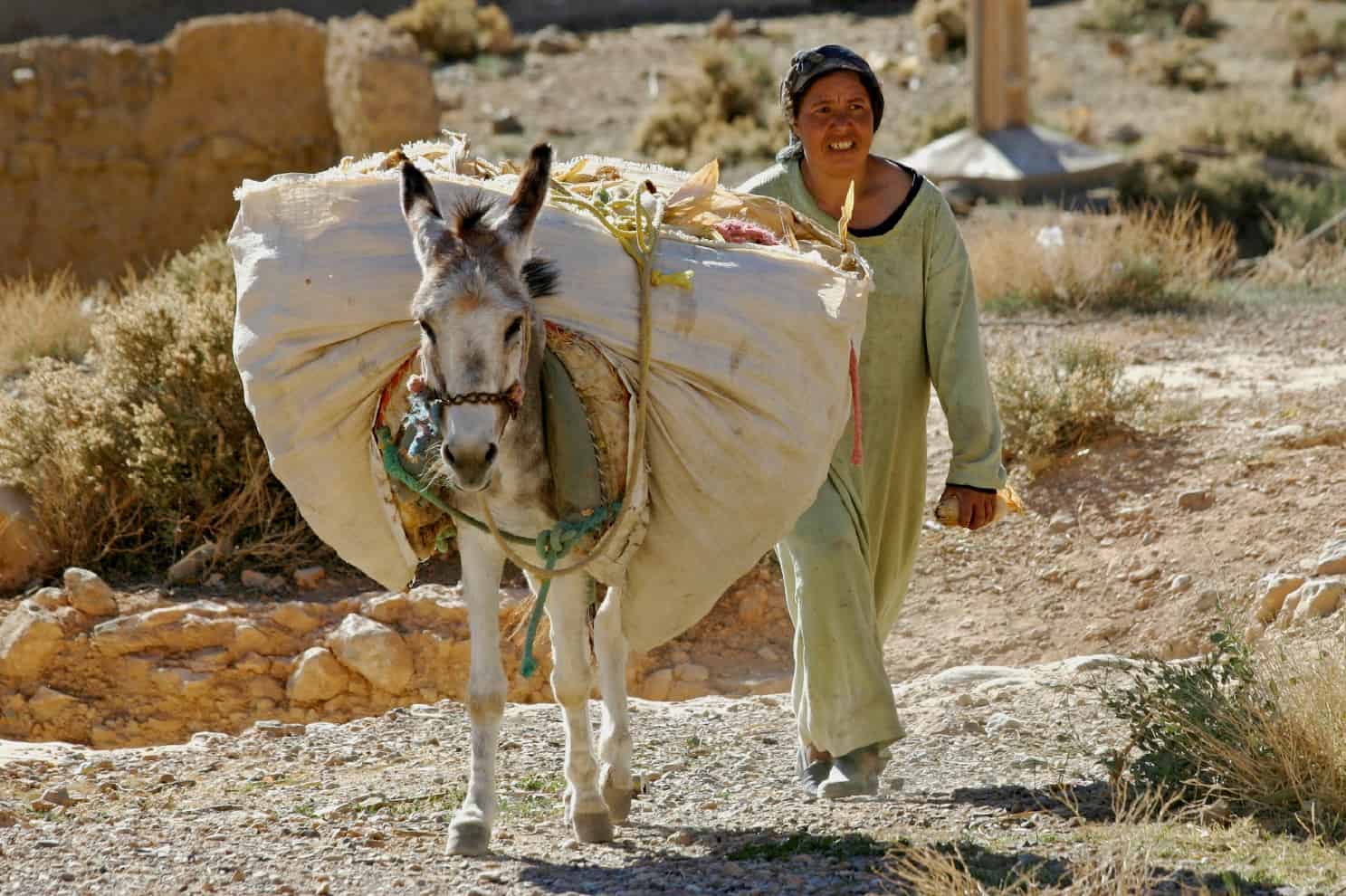
“The advantage of this five-step approach, developed by The Donkey Sanctuary, is that by using the hand, it is easier for the owners to remember some basic health and welfare aspects that need to be assessed,” said Tamara Tadich, PhD, of the University of Chile Faculty of Veterinary Sciences Department of Animal Production, in Santiago. “This hands-on approach is a simple, basic method that allows us to have a first look into the main issues that might be affecting the equids and then start a more specific approach.”
This hands-on approach draws from the Farm Animal Welfare Council’s five freedoms. Each finger on the hand represents a category of health and welfare to consider and evaluate—an easy way to help owners and veterinarians to remember what to monitor:
- Thumb: behavior, quality of communication between animal and caregiver
- Index: body condition score
- Middle: presence/absence of wounds
- Ring: presence/absence of lameness
- Pinky: ill health (such as disease)
Furthermore, they use the palm of the hand to consider the life of the equid within the community, with mainly resource-based indicators (age, population, end-of-life issues, etc.)
Create a free account with TheHorse.com to view this content.
TheHorse.com is home to thousands of free articles about horse health care. In order to access some of our exclusive free content, you must be signed into TheHorse.com.
Start your free account today!
Already have an account?
and continue reading.

Written by:
Christa Lesté-Lasserre, MA
Related Articles
Stay on top of the most recent Horse Health news with
